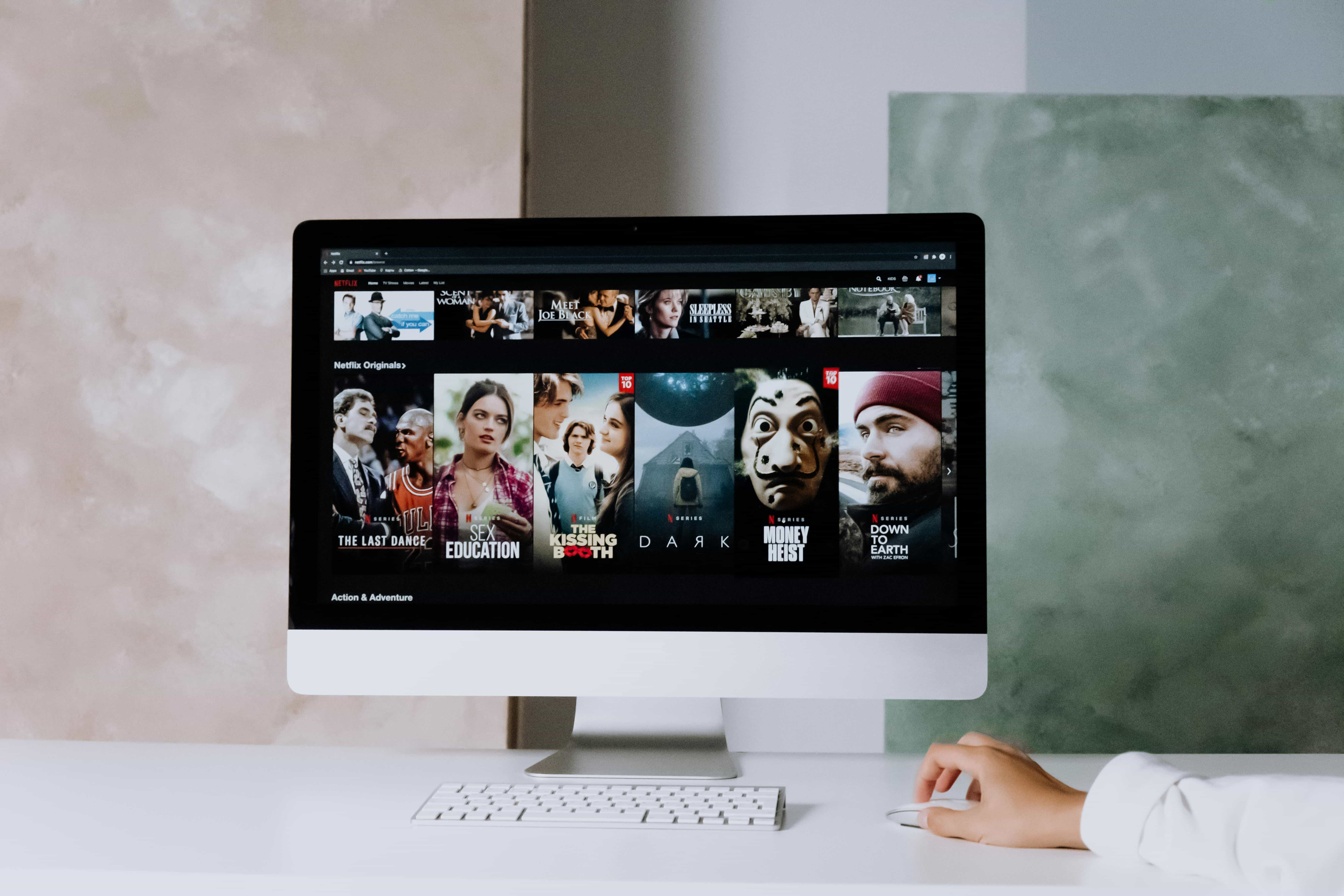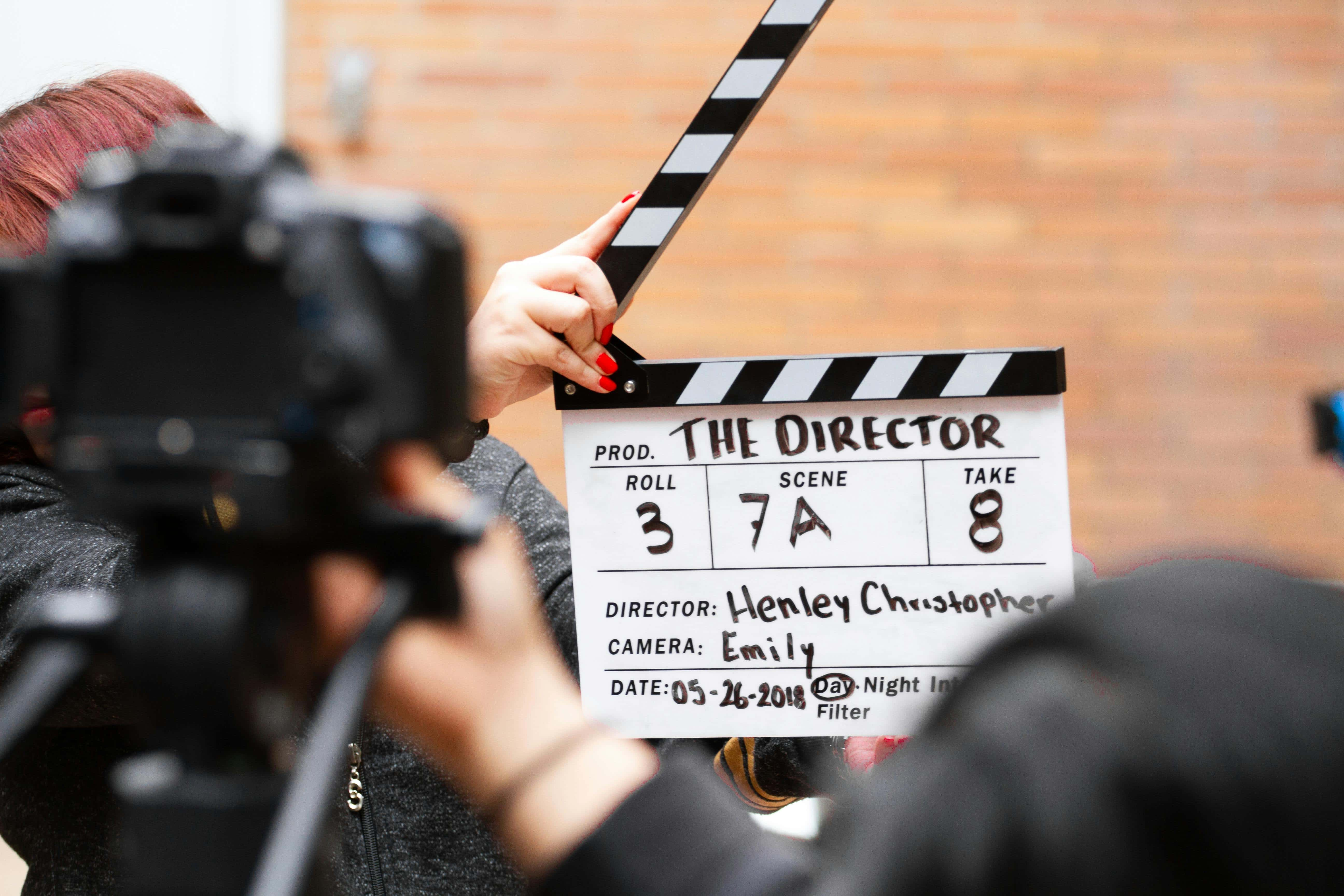Think back to when Squid Game took the world by storm. This gripping Korean series didn't just stay popular in Asia—it pulled in audiences from every corner of the globe, clocking more than 1.65 billion hours watched in its debut month. What's fascinating is that over 40% of those views came from dubbed versions, showing how dubbing has become a bridge across cultures. Giants like Netflix and Disney+ have really shaken things up here, turning what used to be a sideline service into a core part of reaching international fans.
Fueling the Hunger for Localized Content Worldwide
These platforms have basically flipped the script on how shows and movies get shared around the planet. Netflix, boasting over 270 million subscribers in nearly 200 countries, now dubs big hits into as many as 40 languages and subtitles into even more. Disney+ isn't far behind, making sure blockbusters like The Mandalorian speak to folks in Asia and Latin America in their own tongues. It's not just about word-for-word translation; it's about making the story feel right at home for whoever's watching.
The stats back this up big time. In places like the US, UK, Australia, and Canada, people are watching foreign-language stuff 24% more often from 2020 to 2024, with more than half of online adults aged 18-64 jumping in regularly. The whole video streaming industry shot up from $129 billion in 2024 to an expected $416 billion by 2030, growing at a wild 21.5% per year. A big reason? That focus on multiple languages—about 20% of users say it's a deal-breaker when picking a service. These companies aren't sitting around; they're pouring money into localization to make sure a film from one country clicks everywhere else.
This push has meant the industry had to ramp up fast. What was once reserved for Hollywood epics is now everyday for everything from docuseries to cartoons. Netflix says dubbing can spike engagement in non-English spots by up to 30%, turning casual scrolls into full-on marathons.
Setting Higher Expectations for Quality in Localization
Remember those old dubbed movies where the voices didn't match the lips at all, or subtitles that felt like they were run through a cheap app? That's ancient history now. Streaming services have cranked up the quality demands, insisting on stuff that captures the culture, not just the words. Netflix's rules for subtitlers cover everything from perfect timing to punchy, natural phrasing—like tweaking the humor in Money Heist so it hits the same in Hindi as it does in the original Spanish.
This ripple effect has professionalized the whole localization world. Teams are under the gun to deliver quick without cutting corners, often juggling massive volumes of content each year. Slip-ups that used to fly, like off-sync audio or tone-deaf cultural nods, are now non-starters. Disney+ teams up with regional pros to keep Marvel's witty banter feeling spot-on in languages like Arabic or Portuguese, which builds stronger fan connections.
Tech That's Revolutionizing the Process
Behind the scenes, technology has been a game-changer, letting these services localize huge amounts of content without breaking a sweat. AI tools are front and center: Netflix and others use custom algorithms for on-the-fly translations and dubbing, sometimes halving the time it takes. These setups scan sound patterns for better mouth movements and even flag ways to tweak things culturally.
A cool example is blending neural translation with synthetic voices, which Netflix deploys for dubbing into languages like Swahili or Tagalog that aren't as common. Studies show a 35% bump in viewership from non-English crowds right after rolling out these features. But it's not pure robot work—humans still jump in to add that emotional layer, creating a mix that's efficient yet heartfelt. This has opened doors for indie creators to go global too.
Cultivating Talent for the Future
With all this growth, it's not just about machines; it's reshaping jobs in dubbing and subtitling. Streaming outfits are pumping out originals left and right—Netflix dropped over 500 in 2024 alone—so there's a real shortage of pros like voice talents, translators, and cultural adapters. That's sparked training initiatives everywhere.
Netflix even links up with schools, like University College London, to hone skills and connect with experts. It's opening jobs in growing markets, pulling in locals who know the nuances. For Korean shows, they scout native speakers with acting chops, which makes the dubs feel custom-fit and boosts watches.
Folks like Artlangs Translation are prime examples of who's thriving in this space. They've mastered over 230 languages through years of dedicated work in translation, video localization, subtitling short dramas, game adaptations, and multi-language dubbing for audiobooks. With a track record of standout projects and deep expertise, they've become key players, navigating the tougher standards from streamers like Netflix and Disney+ with ease.
What's Next in a World Without Language Walls
As streaming keeps pushing boundaries, dubbing and subtitling will only get more integral. With tech like 5G and virtual reality coming up, imagine experiences that localize in real time, pulling you in deeper. At the end of the day, these platforms have shown that stories transcend borders—dubbing and subtitling are the tools making that happen, one localized episode at a time.











